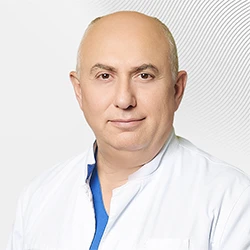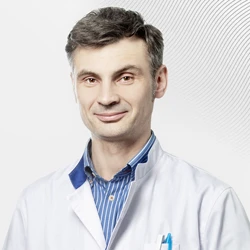In recent decades, there has been tremendous progress in the treatment of diseases of the retina and vitreous body. For example, new methods for the treatment of edema in the central retinal zone in the wet form of age-related macular degeneration, diabetic retinopathy and retinal vein thrombosis have appeared. According to modern standards, the introduction of various drugs into the vitreous body (intravitreally) is indicated for these diseases.
There have been interesting promising studies on the treatment of degenerative retinal diseases and hereditary retinopathy using stem cells. Unfortunately, no significant clinical results have been obtained so far.
According to Charles C. Wykoff, associate Professor of Ophthalmology and Deputy Director of Clinical Research at Weill Cornell Medical College, Texas, USA, the most promising area of research is gene therapy, which can be used to manage hereditary diseases. It will soon be possible to stop the progression of such serious diseases as retinitis pigmentosa, pigmented abiotrophy, Stargagt's disease, and Leber's amaurosis. These diseases either lead to a significant narrowing of the visual field, or to loss of central vision, or to blindness.
The term "gene therapy" refers to the introduction of new DNA into an affected cell, or the incorporation of one's own genes that had not functioned before, or the installation of new, so-called therapeutic genes. According to the researchers, the retina is an ideal target for such therapy.
-
Firstly, access to the vitreous body and retina is easy through the flat part of the ciliary body.
-
Secondly, there is a hemato-ophthalmic barrier between the blood and the eye, thanks to which the intraocular environment is isolated from the agents of the immune system. Thus, the introduction of foreign substances into the eye does not lead to the development of systemic reactions.
-
Thirdly, the results of gene therapy can be easily monitored based on objective clinical data.
In gene therapy, special vector systems are used to deliver genes. Currently, there are 3 vector systems: adenoviral vectors, lentiviral vectors, and recombinant adeno-associated viral vector (RAAV). RAAV vectors are most often used for the gene therapy of eye diseases. They contain only special therapeutic DNA sequences and do not contain viral genes. RAAV can also selectively affect certain cells or layers of the retina, which makes therapy highly specific.
Dr. Oksana Levkina, ophthalmologist The EMC Ophthalmology Clinic, PhD, spoke about the gene therapy techniques already used.:
"Currently, we are using surgical injection methods for the treatment of neovascular age-related macular degeneration, which consist in injecting a medicinal substance into the inside of the eye, into the vitreous body. This is the so-called anti-VEGF therapy, which also refers to vector therapy. Special pharmacological drugs block vascular endothelial growth factor, and newly formed vessels become desolate and cease to function. Currently, the effectiveness of the drug Lucentis (Novartis Farma AG) has been convincingly demonstrated. The injection of the drug is carried out in an operating room under local drip anesthesia and takes several minutes."











.webp)




.webp)
